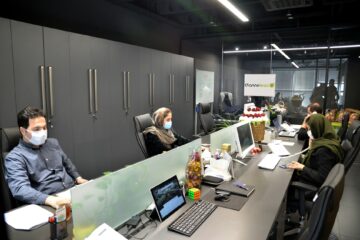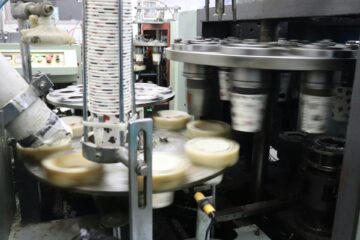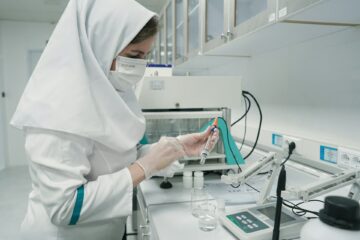In industries that demand precision, such as pharmaceuticals, aerospace, food production, and microelectronics, maintaining a contaminant-free environment is critical. Although surfaces may appear clean and filtration systems may be functioning well, microscopic particles often escape detection. These unseen contaminants can accumulate over time, threatening operations, compromising product integrity, and creating regulatory challenges. The real difficulty lies not only in identifying where particles are found but also in understanding how they originate and travel within the facility.
Contamination control programs often emphasize air filtration and routine surface cleaning. While these measures are essential, they sometimes overlook less obvious sources. Internal components of equipment—including seals, cables, and exposed metals—can degrade over time. Mechanical wear, chemical exposure, and temperature fluctuations may cause these materials to release fine particles. Although such sources might seem insignificant, their cumulative effect can be considerable if left unchecked.
Movement within clean environments is another subtle contributor to particle spread. Walking through controlled rooms, pushing carts, or opening doors can disturb particles that have settled on surfaces. Even protective garments can shed microscopic fibers during normal activity. These routine actions may lead to persistent low-level contamination if not managed appropriately.
Environmental variables add further complexity. Moisture condensation, shifts in temperature, and other dynamic conditions can dislodge particles from overhead structures like ductwork, ceiling panels, or fixtures. In addition, static electricity from plastics and synthetic surfaces can attract particles, which may later be transferred during equipment handling or product assembly. Despite the use of advanced filters, poorly designed airflow systems can create stagnant areas where particles settle and accumulate. These “dead zones” often go unnoticed without tools like airflow modeling or detailed particle mapping.
Addressing these issues requires a shift toward proactive contamination management. Environmental monitoring should include long-term trend analysis in addition to individual measurements. If particle levels spike during specific tasks or shifts, this could indicate recurring weaknesses that need to be corrected through operational or equipment adjustments.
Improving facility design can also contribute significantly to contamination control. Surfaces with minimal seams and smooth finishes reduce particle buildup. Equipment and furnishings that are easy to disassemble make deep cleaning more practical and effective. When designing layouts, it is important to balance cleanliness requirements with efficient workflow.
Human behavior plays a vital role as well. Investing in high-quality gowning materials and reinforcing hygiene protocols can reduce the number of particles introduced by personnel. Regular training helps ensure consistent execution of procedures and reduces variability in how staff engage with controlled environments.
Maintenance activities pose a unique risk. Routine operations such as changing filters or applying lubricants can release particles if not managed carefully. Maintenance protocols should align with contamination control standards, and collaboration between departments is key to minimizing disruption in clean zones.
To truly stay ahead of contamination risks, facilities must treat particle control as a constantly evolving challenge. Effective strategies go beyond surface cleaning and filtration. They involve a deep understanding of particle behavior, insight into how particles travel, and the foresight to anticipate where they may collect. When companies pair smart design with consistent monitoring and well-coordinated operations, they improve product safety, reduce compliance risks, and enhance operational reliability.
In precision-based industries, success depends not just on visible cleanliness but also on a company’s ability to address the invisible threats that can undermine performance. For more on this, check out the accompanying resource from Technical Safety Services, a provider of controlled environment testing.















